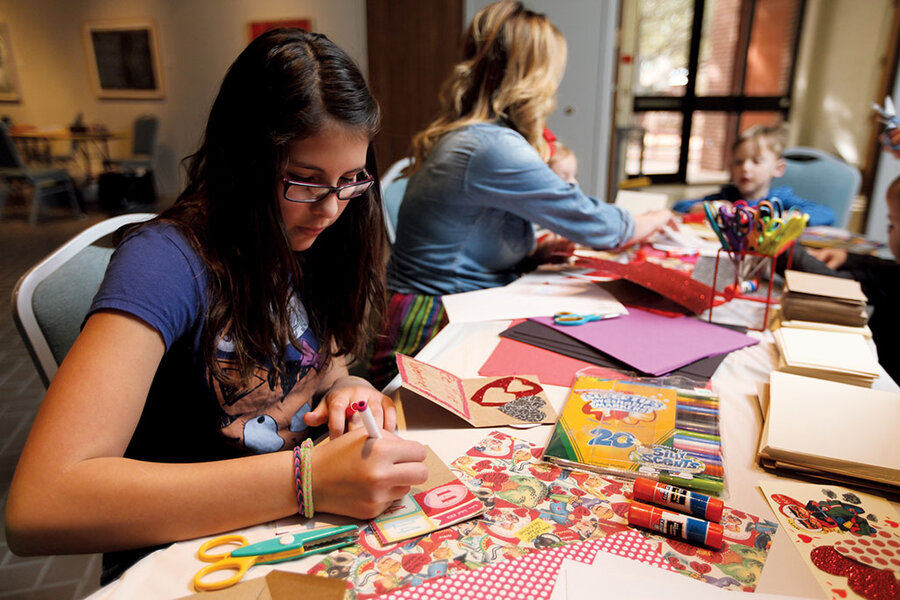Visitors take vibrant new roles
Loading...
When Nina Simon noticed a group of teenage boys doing flips off the walls behind her museum, she ran outside. They were practicing the rough-and-tumble sport of parkour, or free-running, and when they saw her coming they froze, expecting trouble. But Ms. Simon held out a fistful of business cards and asked if they would perform at a museum event on the art of motion.
Simon spent four years helping museums transform their storied chambers into what she calls “vibrant central gathering places,” before becoming director of the Santa Cruz Museum of Art & History in Santa Cruz, Calif. Her 2010 book, “The Participatory Museum,” has shaped a growing movement to tone down museums’ rarefied air, and enlist visitors not just as audiences, but as co-creators.
“We believe that every visitor who walks in has something to contribute, and that it’s our job to find out what that contribution is,” she says. Not all museum professionals have been eager to embrace this new role, but Simon says the Internet has changed how people expect to engage with culture, and the financial crisis made museums more willing to experiment.
In 2007 Kentucky artist Kurt Gohde enlisted three homeless adults to lead unprogrammed tours through Cincinnati’s Contemporary Arts Center, sharing their responses to works that moved them. Mr. Gohde saw the project as subversive, but when the museum’s staff noticed the tours, they added them to their public calendar.
Museums have felt pushback from some traditional visitors, but they have survived worse growing pains before. In the 1980s staffs battled over whether to offer art classes. Deirdre Potash, one of two teachers first hired by the Montreal Fine Arts Museum in 1982, has seen her role evolve recently. Last year a group of mental-health activists sought her help to create pieces that would express the importance of basic rights such as medical consent.
“Usually as an art teacher you plan everything,” she says. But now, “it’s [students] that come with the ideas.”
Museum scholar Stephen Weil wrote in 1999 about a shift among museums “from being about something to being for somebody.” The shift now, says Simon, is toward existing “with someone” – namely the public.
“As we move toward a more democratic approach to culture, we have to de-correlate expertise from authority, and be comfortable with the idea that the expert can be one expert among many,” she says.








